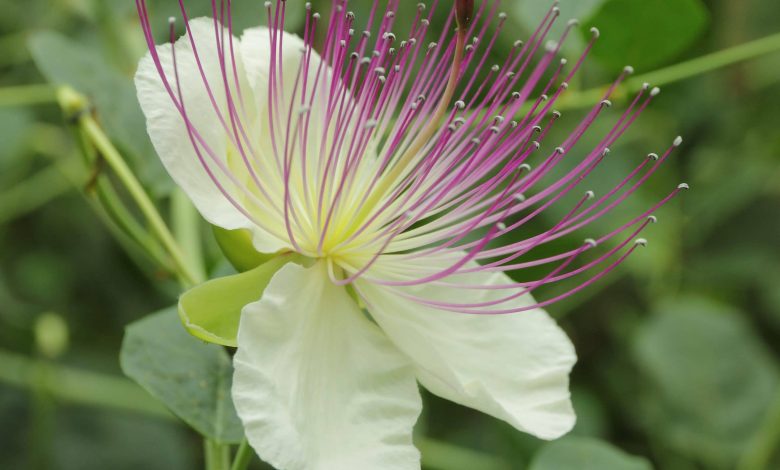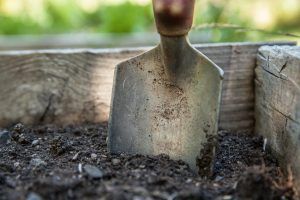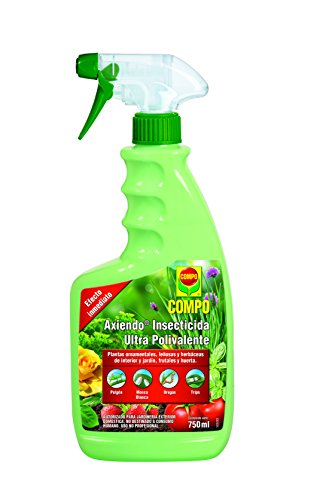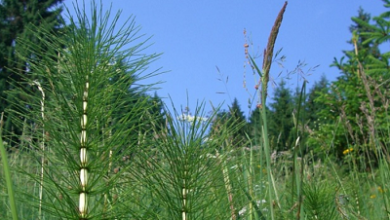Capers: [Cultivation, Irrigation, Care, Pests and Diseases]

 Capers are well known for the gastronomic use of their shoots, which are mainly consumed in brine.
Capers are well known for the gastronomic use of their shoots, which are mainly consumed in brine.
The structure of the plant is in the form of a low bush. The maximum height it reaches is approximately one meter.
Its ease of cultivation makes it an ideal option to have in home gardens and enjoy all its properties.How can you get capers directly from your home garden? It is just what we are going to answer today, so join us on this journey.
Important points when sowing capers
- When? In summer.
- Where? Outdoors where it receives direct sunlight .
- How do we prepare the land? Any type with good drainage does well. Preferably slightly alkaline.
- How should we water? Moderately.
- How often do you have to water? Biweekly.
- What care do you need? Humidity control, pruning, removing weeds from the contour.
- What pests and diseases does it have? Slugs, snails and caterpillars, fungi due to excess moisture.
When to plant capers?
The caper is a kind of heat, therefore the best time to plant it is in summer .In any case, if the conditions are right in spring, it will also be possible to advance without problems.
Where to plant capers?
Capers can be kept outside because they adapt very well to changes in temperature. In summer they can withstand very high temperatures, while in winter they have no problem even if they drop a little below zero.
It is essential that it receives direct sunlight for several hours a day, which greatly facilitates its location in any space. On the subject of the wind there will be no major concern because it does not suffer from its attack.
How to prepare the land?
 The land is one of the issues that you will have to worry about the least because it is good for all kinds . In fact, in some areas it grows wild.
The land is one of the issues that you will have to worry about the least because it is good for all kinds . In fact, in some areas it grows wild.
However, it is worth checking the pH and ensuring that it is slightly alkaline so that it grows more comfortably.
Drainage is an essential element and must be very good because excess moisture is harmful from every point of view.
How do we water capers?
Irrigation should be moderate, especially in the early stages of growth. When the plant is already established, it is better to reduce the amount of water even more without worrying too much because it adapts well to drought and, without exaggeration, it is better than humidity for this species.
How often to water the capers?
The irrigations must be carried out giving them space, between one and the other to prevent the soil from flooding and the bush from suffering. Therefore, twice a week could be considered more than enough.
How to plant capers step by step?
Capers are planted by cuttings or by seed. In both cases, you must have a lot of patience because it can take a while to achieve success.
sowing by seed
Caper seeds are tiny and need to be freshly harvested to increase the chances of success in the germination process.
- Choose the seeds to carry out the work of germination. It is important that they do not look dry.
- Prepare a seedbed with universal substrate and spread the seeds. It is better to use several at once to increase the chances of success.
- Place the seedbed in a lighted place, with ventilation and relative humidity.
- Water frequently because, to germinate, the seeds do need an environment that is well humidified.
- Transplant to a suitable pot when the sprout is with an appropriate structure and wait until it has the best conditions to take it to the final place. There is no need to despair because it usually takes a long time to grow in this first phase.
Planting by cuttings
In general, cuttings do not offer an excellent rooting rate either, but they do have the ability to facilitate obtaining plants with better characteristics.
- Choose a caper bush that is healthy and in conditions you deem appropriate for reproducing. Remember that in the cutting method, an identical version of the mother plant is obtained.
- Cut cuttings of semi-woody structure preferably and that have a length of 20 centimeters.
- Remove most of the leaves on the branch, leaving only a couple of the ones towards the top.
- Dip the branches in a rooting hormone to further facilitate the process.
- Prepare a pot with garden soil and some homemade organic matter such as compost to give more nutrition. Place pebbles at the base to facilitate the drainage process.
- Bury about 2/3 of the cutting and gently press the contour with soil to ensure that it is very firm.
- Water moderately and place the pot in a ventilated space with good light. When new leaves begin to grow, it will be time to transplant to the definitive space.
What care do capers need?
 Although it is one of the most resistant species that exist, it is necessary to take special care with humidity control because it is not something that it tolerates.
Although it is one of the most resistant species that exist, it is necessary to take special care with humidity control because it is not something that it tolerates.
At very high levels it can suffer from rot and also becomes an easy target for different types of fungi to settle.
The outline of the bush must be taken care of by eliminating the weeds that are likely to grow. Also, it is better to keep it about 2 meters away from other species.
Pruning will be necessary when the plant has already completed its production process.Here we will only have to concentrate efforts on eliminating the damaged parts.
What pests and diseases affect capers?
 Being a shrub that has growth similar to a creeper, it can become a center of interest for pests that live on the ground.
Being a shrub that has growth similar to a creeper, it can become a center of interest for pests that live on the ground.
Around this, damage from attacks by slugs, snails and caterpillars is possible.
In the case of diseases, an environment full of humidity and that is complemented by very constant irrigation will serve to install fungi.
It is necessary to know that the caper is a perennial plant species that maintains its foliage throughout the year when environmental conditions allow it.As it has a slow growth rate, it is common for the production of buttons for crops to be generated from the third year.
However, it is a species that is very worth having within the vegetable possessions of any orchard.




![Photo of Aloe Arborescens: [Cultivation, Irrigation, Associations, Pests and Diseases]](https://www.complete-gardening.com/wp-content/uploads/2022/08/aloe-arborescens-cultivation-irrigation-associations-pests-and-diseases-300x220.jpg)
![Photo of Carmona Bonsai Care: [Earth, Humidity and Pruning]](https://www.complete-gardening.com/wp-content/uploads/2022/08/carmona-bonsai-care-earth-humidity-and-pruning-390x220.jpg)
![Photo of Tree Cuttings: [Concept, Period, Rooting and Planting]](https://www.complete-gardening.com/wp-content/uploads/2022/08/tree-cuttings-concept-period-rooting-and-planting-390x220.png)
